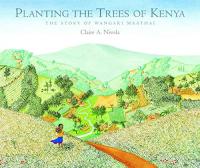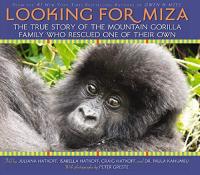Key Information
Focus
When To Use This Strategy
Appropriate Group Size
Why use question the author?
- It engages students in the reading and helps to solidify their understanding of a text.
- It teaches students to form questions to the author while reading.
- It teaches students to critique the author’s writing.
How to use question the author
Beck et al. (1997) identify specific steps you should follow during a question the author lesson. This strategy is best suited for nonfiction texts.
- Select a passage that is both interesting and can spur a good conversation.
- Decide appropriate stopping points where you think your students need to obtain a greater understanding.
- Create queries or questions for each stopping point.
- What is the author trying to say?
- Why do you think the author used the following phrase?
- Does this make sense to you?
- Display a short passage to your students along with one or two queries you have designed ahead of time.
- Model for your students how to think through the queries.
- Ask students to read and work through the queries you have prepared for their readings.
Read more about question the author in these articles:
Watch: Did it make you laugh? Learning about the author’s purpose
Help students understand purpose and audience in writing by modeling and providing opportunities to write a variety of writing forms. (From the Balanced Literacy Diet: Putting Research into Practice in the Classroom)
Collect resources
This website shows and example of using the question the author strategy with a common health-related sign that might be read by students. See example ›
Language Arts
Here’s a simple, clear description of how students can learn to think, “If I were the author…” See example ›
Social Studies
Here’s a short paper that describes how teachers can use the question the author strategy to help students make sense of social studies. Examples are given for elementary age students. See example ›
Differentiated instruction
For second language learners, students of varying reading skill, and younger learners
- Have students of varying abilities work together to determine answers to questions.
- When students ask questions that go unanswered, try to restate them and encourage students to work to determine the answer.
- Have students write or type responses to queries or create some of their own.
- Engage students in a class discussion about responses to questions.
See the research that supports this strategy
Beck, I.L., & McKeown, M.G., Hamilton, R.L., & Kugan, L. (1997). Questioning the author: An approach for enhancing student engagement with text. Newark, DE: International Reading Association.
Children’s books to use with this strategy

Planting the Trees of Kenya: The Story of Wangara Maathai

